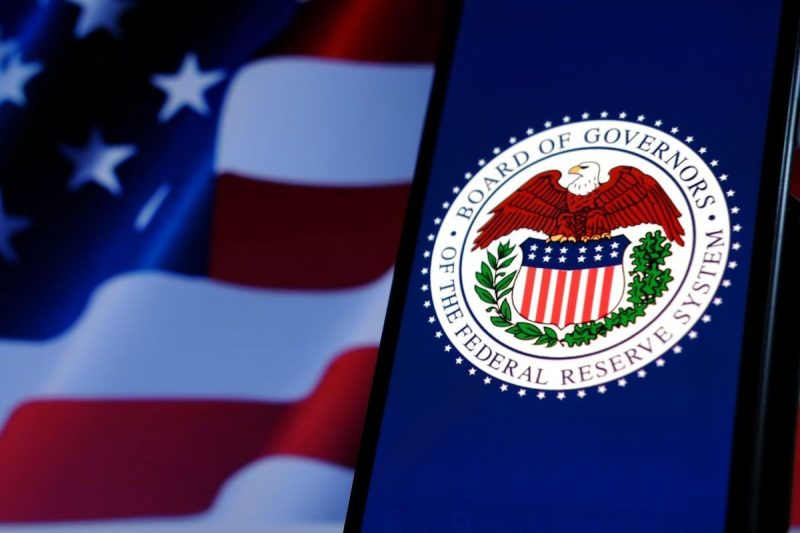The recent increase in the price of gold has caused a stir in the financial markets, and many analysts are attributing this rise to the signals given by Jerome Powell regarding potential rate cuts. Powell’s statements have led investors to believe that the Federal Reserve may soon implement measures to stimulate the economy, which has had a direct impact on the price of gold.
Gold has long been considered a safe haven asset, particularly in times of economic uncertainty or market volatility. Investors often turn to gold as a store of value when other asset classes are under pressure, as it is seen as a reliable hedge against inflation and currency devaluation. The recent indications from Powell have fueled demand for gold as investors seek to protect their wealth in the face of potential economic challenges.
In addition to Powell’s statements, other factors have also contributed to the rise in the price of gold. Geopolitical tensions, particularly with regards to trade disputes between major economies such as the US and China, have heightened investor concerns and driven up demand for safe haven assets. Uncertainty surrounding Brexit and its potential impact on global markets has further fueled the interest in gold as a protective asset.
The movement in the gold price not only reflects current economic conditions but also implies market expectations for the future. The prospect of rate cuts by the Federal Reserve suggests that policymakers are concerned about the state of the economy and are willing to take action to support growth. This accommodative stance has encouraged investors to seek out safe haven assets like gold, as they anticipate a more challenging economic environment in the near future.
For traders and investors, the rise in the price of gold presents both opportunities and risks. While holding gold can provide a safeguard against economic downturns and market volatility, it is important to consider the impact of interest rate decisions and other macroeconomic factors on the price of the precious metal. Traders should be mindful of potential reversals in market sentiment and adjust their strategies accordingly to mitigate risks and capitalize on opportunities.
In conclusion, the recent increase in the price of gold can be attributed to a combination of factors, with Powell’s signals on rate cuts playing a significant role in driving up demand for the precious metal. As investors navigate a complex and increasingly uncertain economic landscape, gold remains a valuable asset for diversification and risk management. Staying informed about market developments and understanding the dynamics that influence the price of gold are essential for making informed investment decisions in today’s rapidly changing financial environment.




























